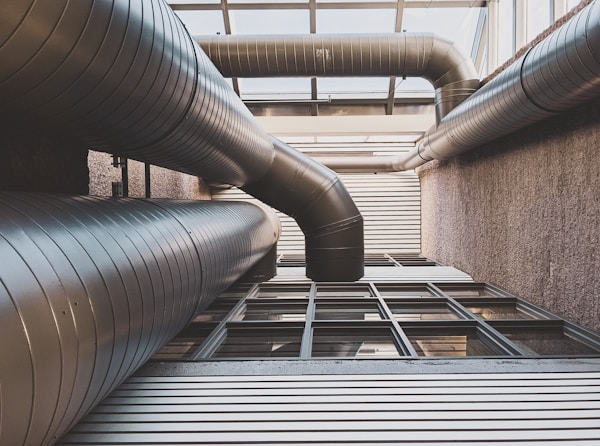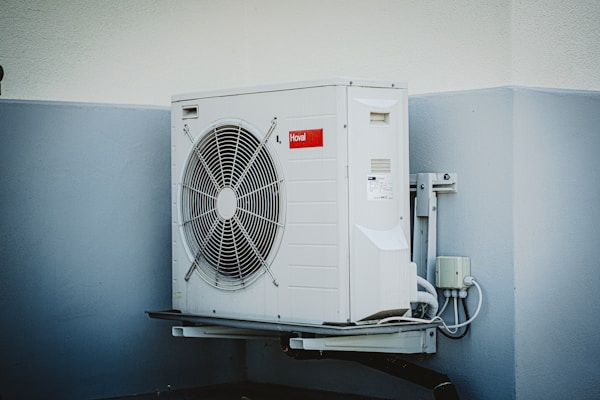If your home isn’t comfortable, it’s not really a home. That’s why it’s important to have a basic understanding of your home’s HVAC system. Keep reading to learn the HVAC basics: an introduction to heating, ventilation, and air conditioning.
How HVAC Systems Work

HVAC is an acronym for heating, ventilation, and air conditioning. HVAC services are important for both residential and commercial properties. The main purpose of HVAC services is to regulate the temperature and humidity levels in a property. This is done by supplying heat in the winter, cooling in the summer, and ventilation all year round. There are a number of different components that go into this system. The most important part of the system is the furnace or boiler. The furnace heats up the air which is then circulated around the property by the ductwork. In order to cool down a property during the summer, an air conditioner is used. An AC unit works by removing hot air from inside a building and releasing it outside. Finally, fans are used to circulate air around a property either through vents or open windows and doors.
Improving Indoor Air Quality
HVAC systems are used to control the temperature and humidity of a building. They also provide ventilation and clean indoor air. The goal is to provide thermal comfort and acceptable indoor air quality. Thermal comfort is the condition of the mind that expresses satisfaction with the thermal environment. It includes both subjective factors, such as personal feelings, and objective factors, such as the actual temperature. Acceptable indoor air quality is determined by two factors: concentration of pollutants and ventilation rate. Ventilation rate is the amount of outdoor air that is brought into a building per minute. It is measured in cubic feet per minute (CFM). The concentration of pollutants refers to the number of particles or molecules per cubic foot of air.
Temperature and Humidity Levels

The HVAC process begins with the use of a heating or cooling system to lower or raise the temperature of a space. The heated or cooled air is then circulated by a system using one or more fans. The air is circulated through ducts to registers in the room where it is supposed to be comfortable. Ducts are usually made of metal but can also be made of fiberglass, plastic, or other materials. HVAC systems can also include humidity control, which helps to maintain comfortable humidity levels in a space. Many modern HVAC systems include electronic controls that allow you to adjust the temperature and humidity levels in your home or office.
Energy-Saving Tips
Change your filters frequently. A dirty filter can increase your system’s energy consumption by up to 30 percent. Be sure to change your filters every month or two, depending on the type of filter you have and the level of dust and other particles in your environment. A programmable thermostat can help you save money by automatically adjusting the temperature in your home based on whether or not you’re home. You can set it to cool down or heat up your home when you need it most, and save money on standby power costs in the process. If you’re remodeling or building a new home, be sure to install energy-efficient windows and doors. These products can help keep warm air inside during winter months and cool air inside during summer months, saving you money on heating and cooling costs year-round.
The sections above cover some of the most important and foundational aspects of your HVAC system. It’s important to maintain these systems properly to ensure that your home is comfortable and safe year-round. Seek out the help of a professional for proper maintenance.





